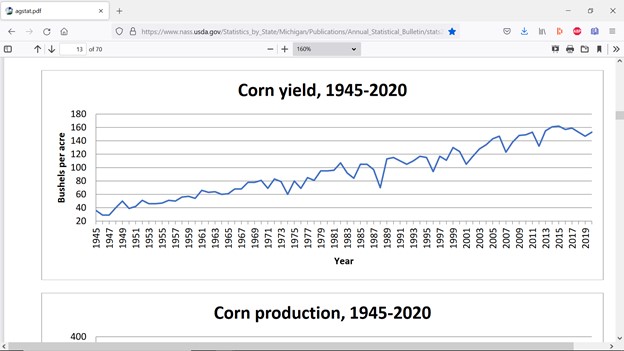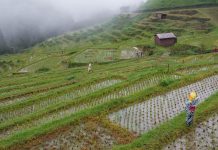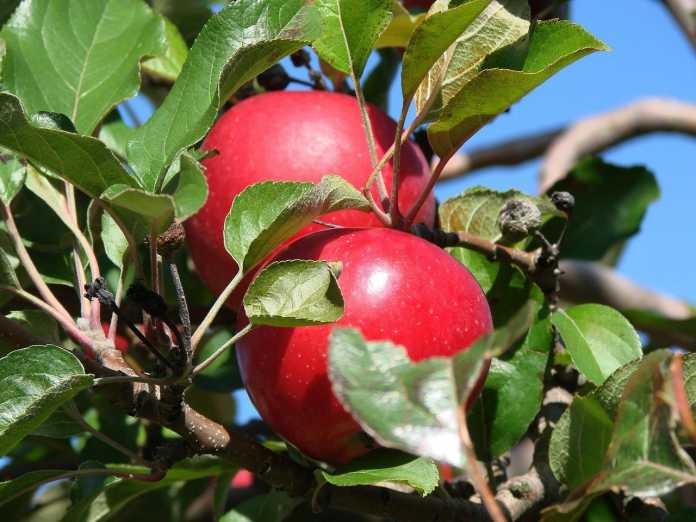Climate activists have invented a new mind-spinning claim to frighten people about global warming. In an interview with the Herald Review in Michigan, appearing near the top of Google News search results today for “climate change,” Julie Doll of the activist group Michigan Agriculture Advancement said longer, warmer growing seasons threaten Michigan crop production by “increasing their exposure to the risk of severe frost or freeze.” Yes, she really said that warmer, longer growing seasons threaten crops by increasing frost and freeze risk. No, objective science certainly does not support her claim.
As a matter of common sense, warmer and longer growing seasons are highly unlikely to bring more severe frosts and freezes during frost-prone months at the beginning and end of the traditional growing season. However, climate activists frequently make counterintuitive claims because the media rarely challenge them or fact-check such counterintuitive claims.
Fortunately, we don’t have to rely merely on our common sense to call “baloney” on Doll’s claim. The National Oceanic and Atmospheric Administration (NOAA) keeps detailed records on the frequency of very cold nights. According to NOAA, which measures and tallies very cold nights according to five-year periods, the last time there was an above-average number of very cold nights in Michigan was between 1985 and 1989. That was 30 years ago.
Moreover, any asserted frost and freeze damage certainly is not showing up in Michigan agricultural production. According to the U.S. Department of Agriculture, yields for corn, soybean, wheat, and most other crops in Michigan are enjoying steady, long-term increases as the Earth modestly warms.
The USDA graphic below shows the consistent rise in corn yields as temperatures modestly warm. The USDA reports similar results for soybeans, wheat, and other crops.

In the same article, Kate Madigan, director of the Michigan Climate Action Network, claimed “the increased temperatures increase stress on plants, which can bring down the yield.” Madigan apparently didn’t bother to check Michigan crop yields before making her claim.
And the claims got even crazier.
“We haven’t yet hit the point where the weather makes it unsuitable to grow fruit – but one can imagine that in 20 or 30 years we may get to that point, or more quickly than we want,” said Phil Robertson, a researcher at Michigan State University.
For the record, America’s southernmost state – Florida – produces the second-most amount of fruit in the nation. California, which is also much warmer than Michigan, ranks first. The two combined produce 70 percent of the nation’s fruit.
Don’t worry, Michigan, you will still be able to grow fruit in 20 years.























